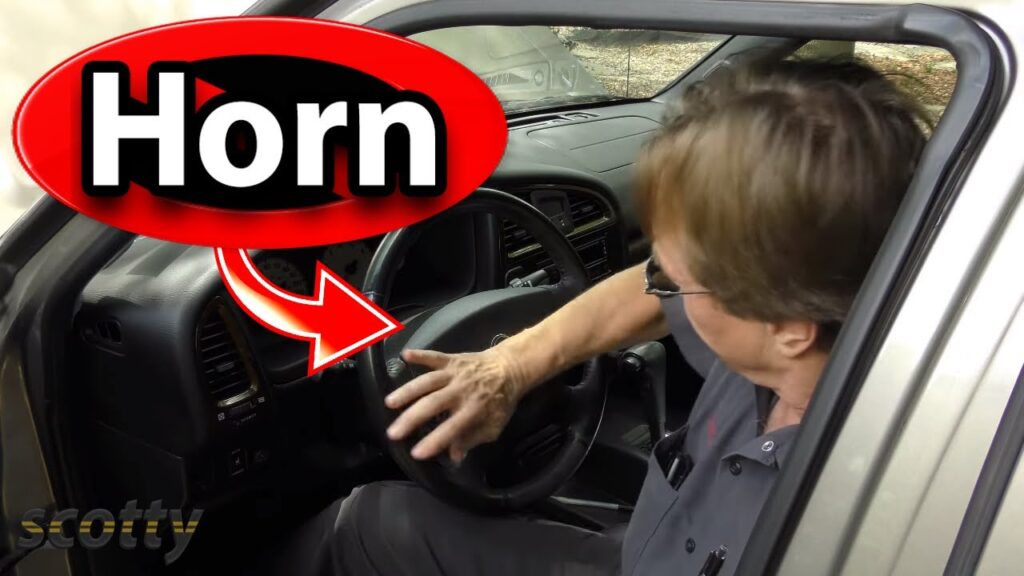
A car horn is an essential safety feature, alerting other drivers and pedestrians to your presence. When it fails, you lose a vital tool for navigating traffic safely. While car horns are designed to be durable, they can malfunction over time. Understanding the common causes of a faulty car horn can help you diagnose the problem and get your horn working again quickly.
This article will delve into the reasons behind a non-functional car horn, exploring potential electrical issues, relay problems, and damage to the horn itself. We’ll provide practical steps to diagnose the issue and guide you towards effective solutions.
Car Horn Not Working?
If your car horn isn’t sounding when you press the button on your steering wheel, don’t panic. It’s a common problem with several potential causes. Before attempting any repairs, ensure your safety by parking in a safe location and turning off the engine.
The first step is to check if the horn itself is damaged. Look for visible cracks or signs of wear and tear on the horn unit located under the hood. If you see any damage, it’s likely the culprit. However, even if the horn appears intact, there could be underlying electrical issues preventing it from functioning.
Common Causes of a Faulty Car Horn
Several factors can contribute to a car horn malfunctioning.
Electrical Problems: The most common cause is an electrical issue within the wiring system connecting the horn button, relay, and horn itself. Loose connections, corroded wires, or blown fuses can disrupt the flow of electricity needed to activate the horn.
Faulty Relay: A relay acts as a switch, controlling the flow of current to the horn. If the relay malfunctions, it won’t send the signal to the horn, even if the wiring is intact.
- Damaged Horn Button: The button on your steering wheel might be worn out or damaged, preventing it from sending the signal to activate the horn.
Electrical Issues and Car Horns
Electrical problems are often the root cause of a non-functional car horn. To diagnose an electrical issue, you’ll need to check the wiring connections between the horn button, relay, and horn itself.
- Inspect Connections: Carefully examine all connections for looseness or corrosion. Tighten any loose connections and clean corroded areas with a wire brush and electrical contact cleaner.
- Check Fuses: Locate the fuse responsible for powering the horn (refer to your vehicle’s owner’s manual). Remove the fuse and inspect it for damage or breakage. Replace the fuse if necessary.
Car Horn Relay Problems
The relay plays a crucial role in activating the car horn. If the relay is faulty, it won’t send the signal to the horn, even if the wiring is working correctly.
- Test the Relay: You can test the relay using a multimeter or by swapping it with a known good relay from another circuit in your vehicle.
- Replace Faulty Relay: If the relay tests faulty, replace it with a new one of the same specifications.
Damaged Car Horn Diagnosis
While less common than electrical issues, a damaged horn itself can be the cause of the problem.
- Visual Inspection: Carefully inspect the horn unit for any visible damage, such as cracks or dents.
- Test with Multimeter: Use a multimeter to test the continuity of the horn’s wiring and diaphragm. If there is no continuity, the horn is likely damaged and needs replacement.
Conclusion
A malfunctioning car horn can be a frustrating experience, but understanding the common causes can help you diagnose and fix the problem effectively. By checking for electrical issues, relay problems, and damage to the horn itself, you can often resolve the issue yourself. If you’re uncomfortable performing these checks, consult a qualified mechanic for assistance. Remember, a working car horn is essential for your safety and the safety of others on the road.
